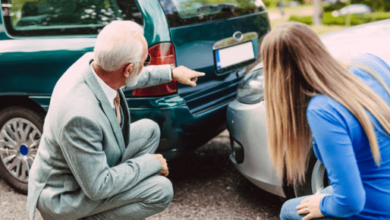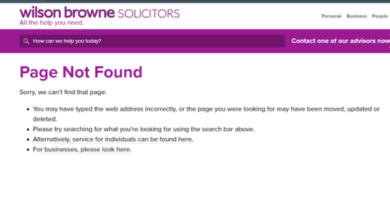
Side collisions, also known as T-bone or broadside collisions, occur when the side of one vehicle is hit by the front or rear of another vehicle. These accidents can result in substantial damage and serious injuries, particularly for people sitting on the side of the car that’s been hit. So, it is essential to seek the help of a lawyer from Tuite Law Firm to protect the rights of the victim.
In fact, side collisions can be caused by various factors, including running red lights or stop signs, failure to yield, distracted driving, speeding, impaired driving, poor visibility, and reckless driving. As responsible drivers, we should always stay alert, obey traffic laws, and drive defensively to prevent these accidents. Remember, safety on the road is a shared responsibility. By understanding the common causes of side collisions, we can take steps to make our roads safer for everyone.
Here are the common causes of side collisions.
- Running Red Lights or Stop Signs
One of the most common causes of side collisions is drivers running red lights or stop signs. When a driver fails to stop at an intersection, they risk colliding with vehicles that have the right-of-way.
- Failure to Yield
Failure to yield the right-of-way at intersections, roundabouts, or when merging onto a highway can lead to side collisions. Drivers who make these mistakes often misjudge the speed or distance of other vehicles, leading to accidents.
- Distracted Driving
Distracted driving is a leading cause of all types of accidents, including side collisions. When drivers are distracted by their phones, food, or other activities, they may not notice other vehicles, traffic signals, or road signs, increasing the risk of collisions.
- Speeding
Speeding reduces a driver’s reaction time and increases the distance needed to stop. As a result, speeding drivers are more likely to cause side collisions, particularly at intersections where they may not have enough time to stop for a red light or stop sign.
- Drunk or Drugged Driving
Impaired driving due to alcohol or drugs is a significant cause of side collisions. These substances can affect a driver’s ability to concentrate, react quickly, and make sound judgments, increasing the risk of accidents at intersections and other junctions.
- Poor Visibility
Poor visibility due to weather conditions or nighttime driving can contribute to side collisions. Drivers may fail to see other vehicles, traffic signals, or signs until it’s too late to avoid a collision.
- Reckless Driving
Reckless driving behaviors, such as aggressive lane changes, not using turn signals, or not checking blind spots can lead to side collisions. These negligent actions can surprise other drivers, leaving them with little time to react.




